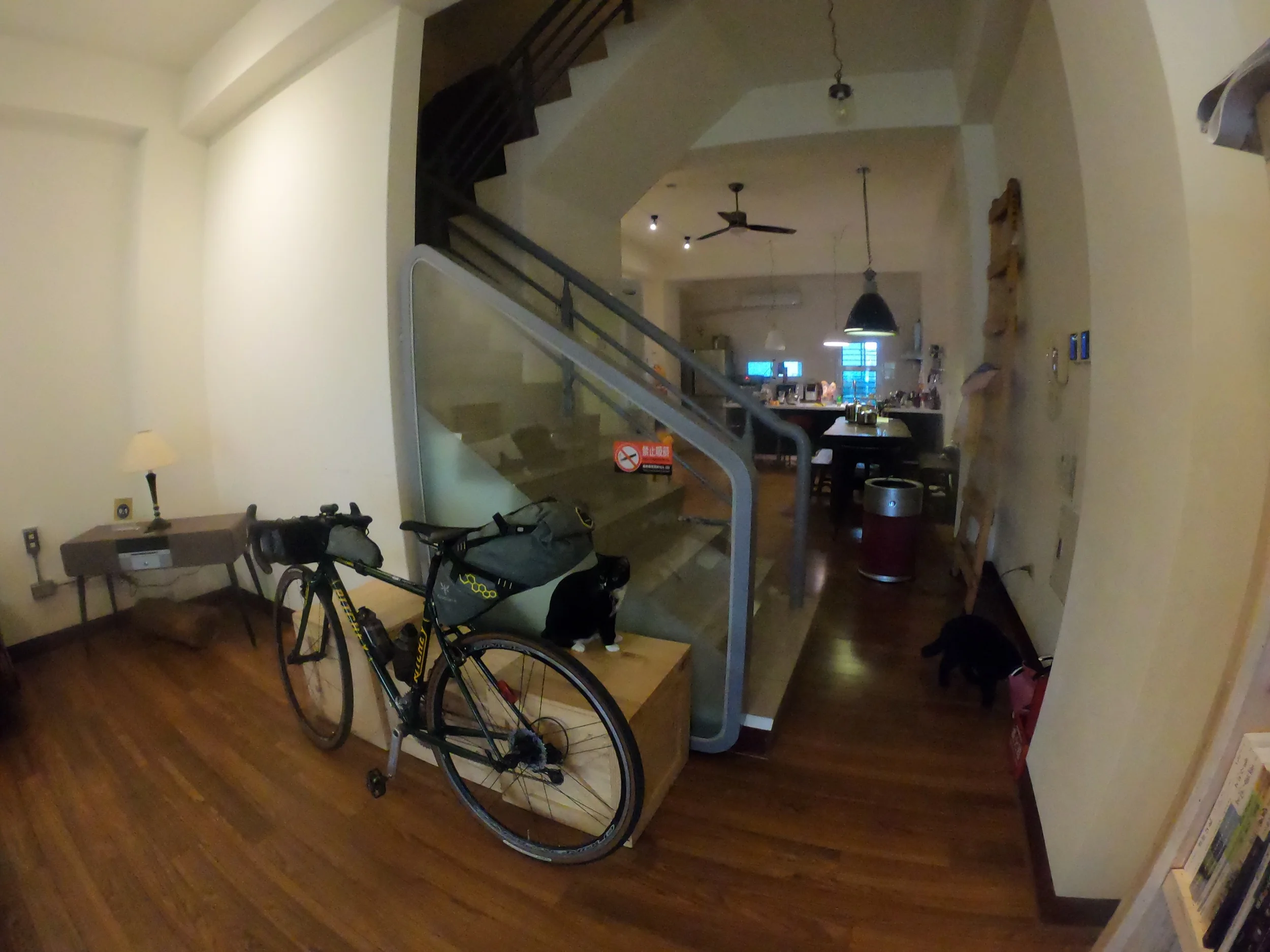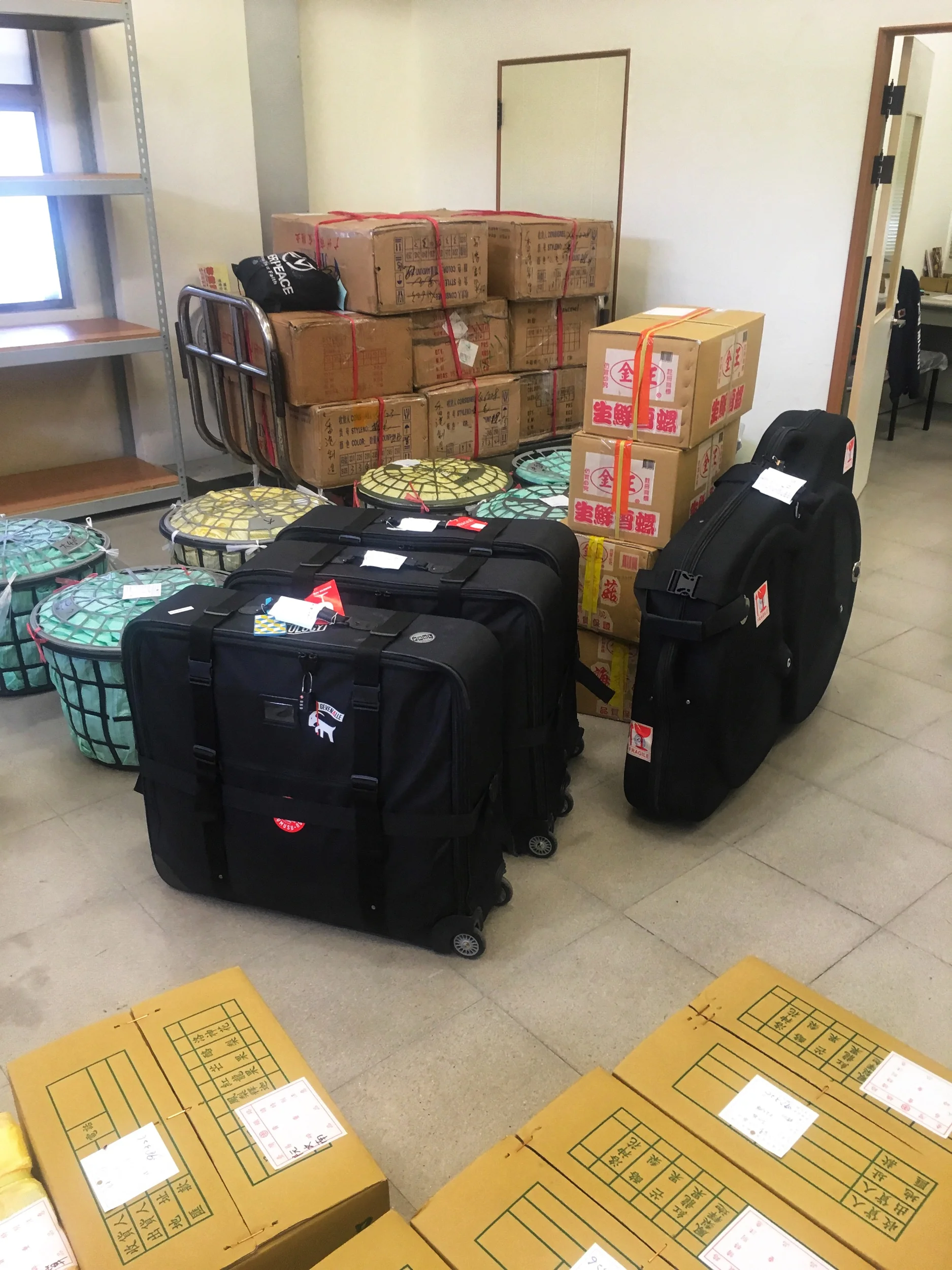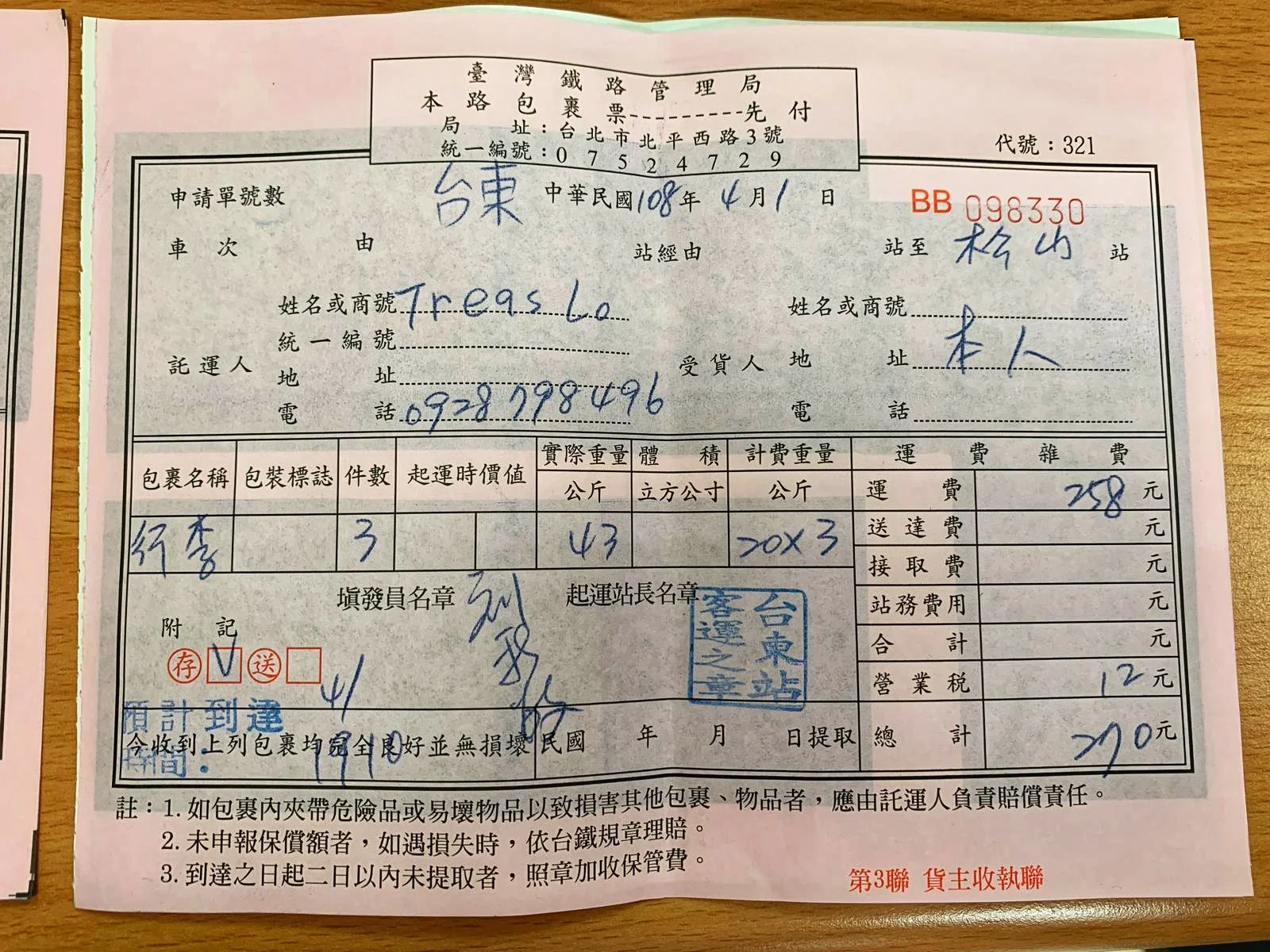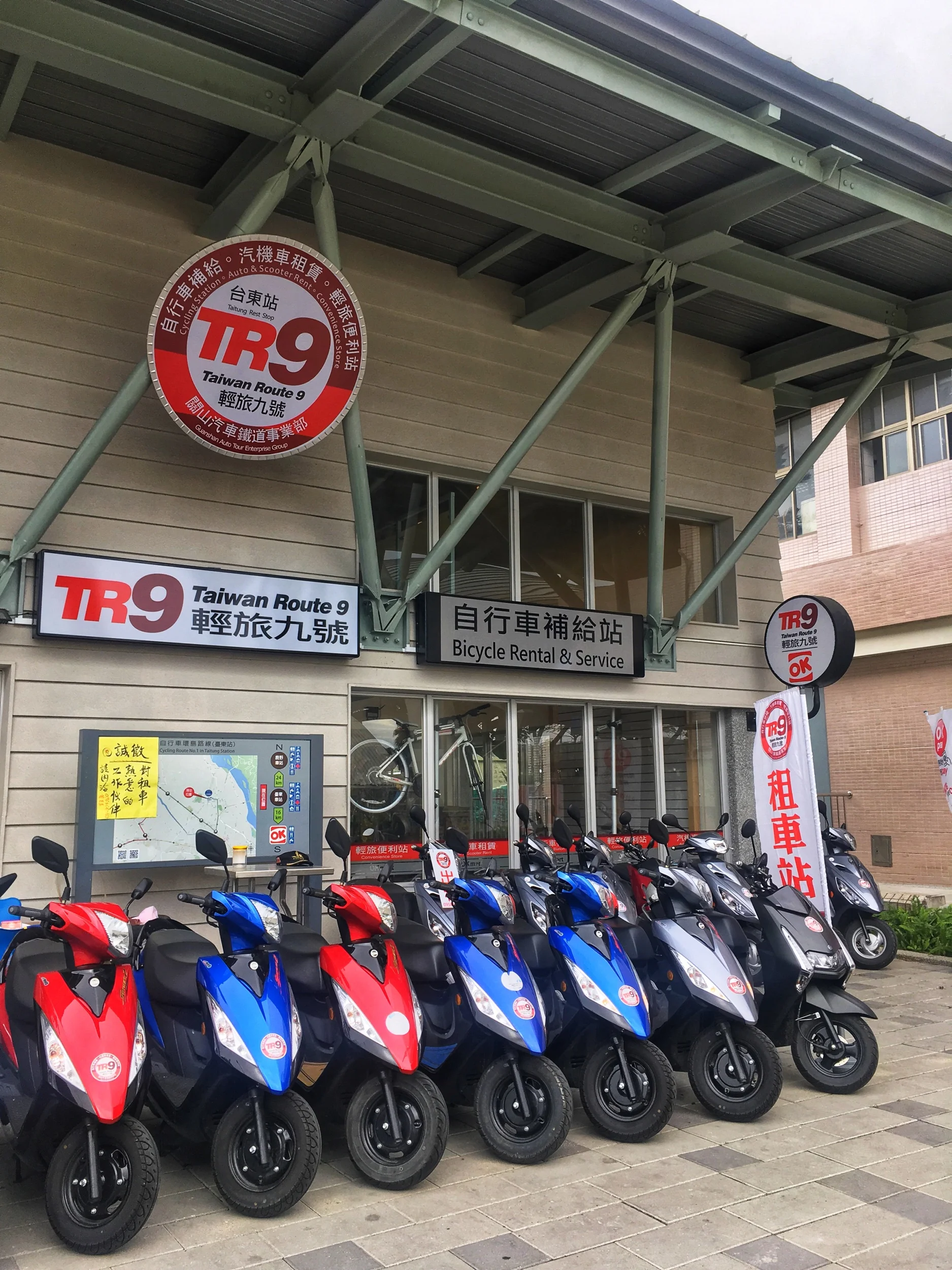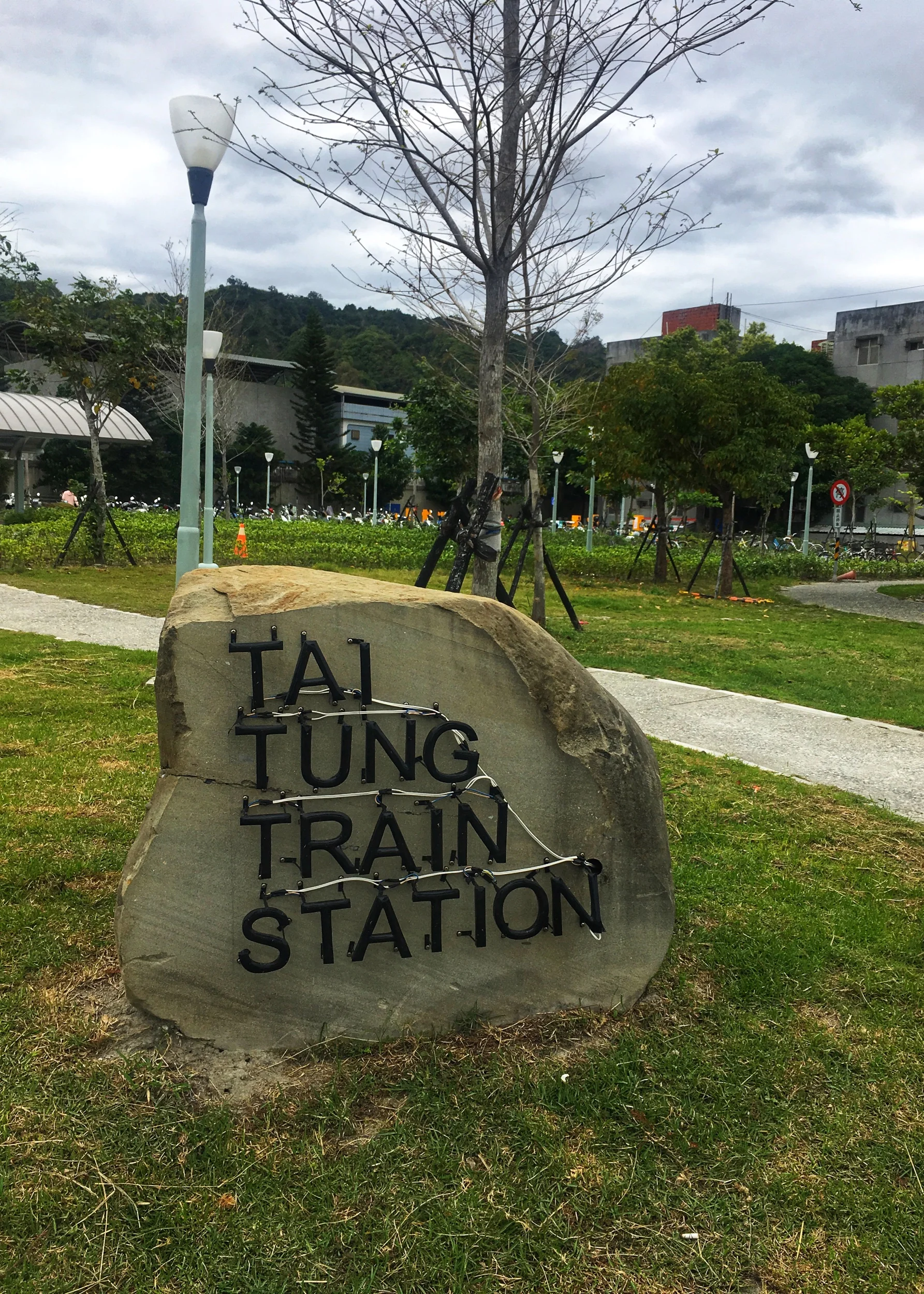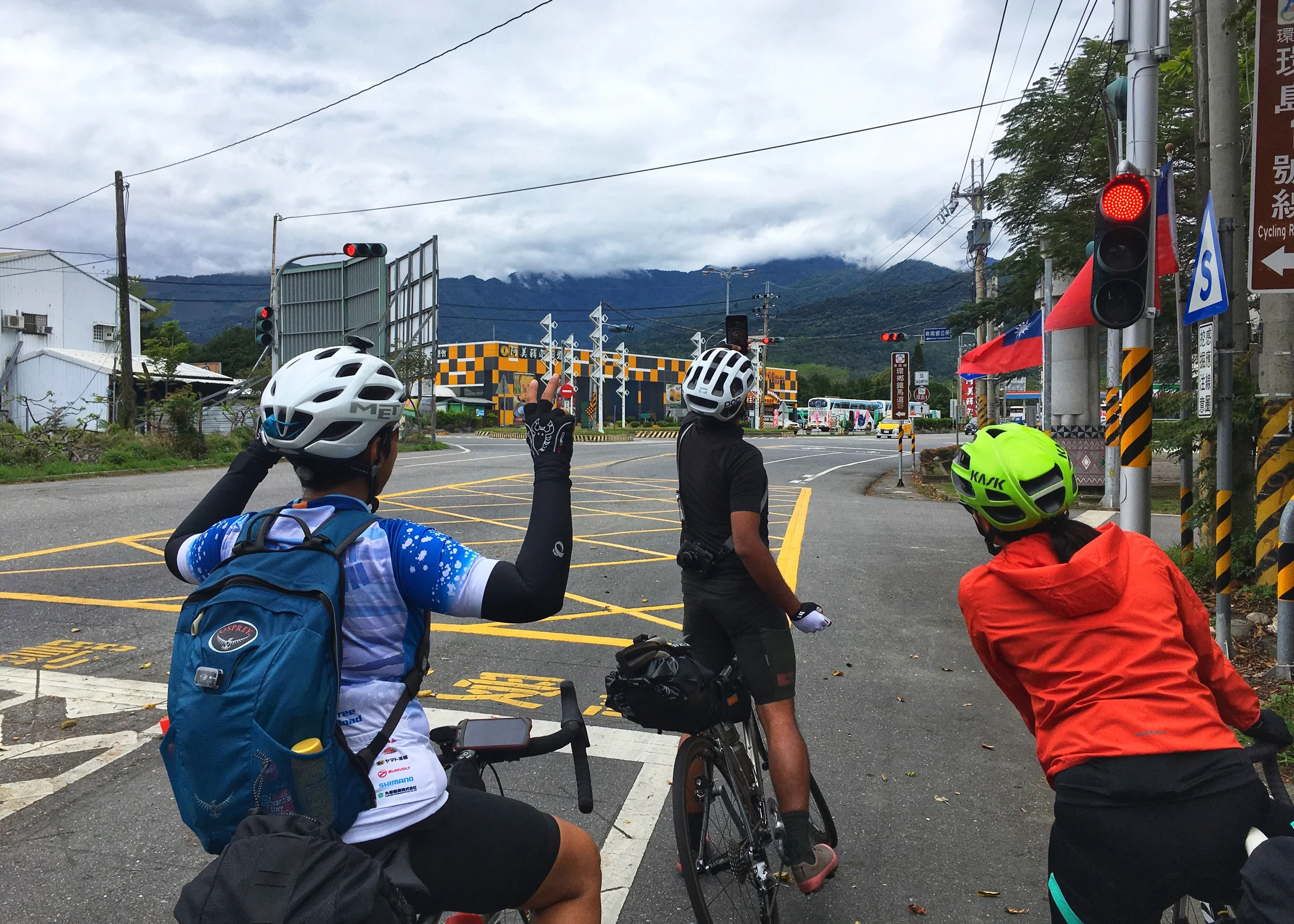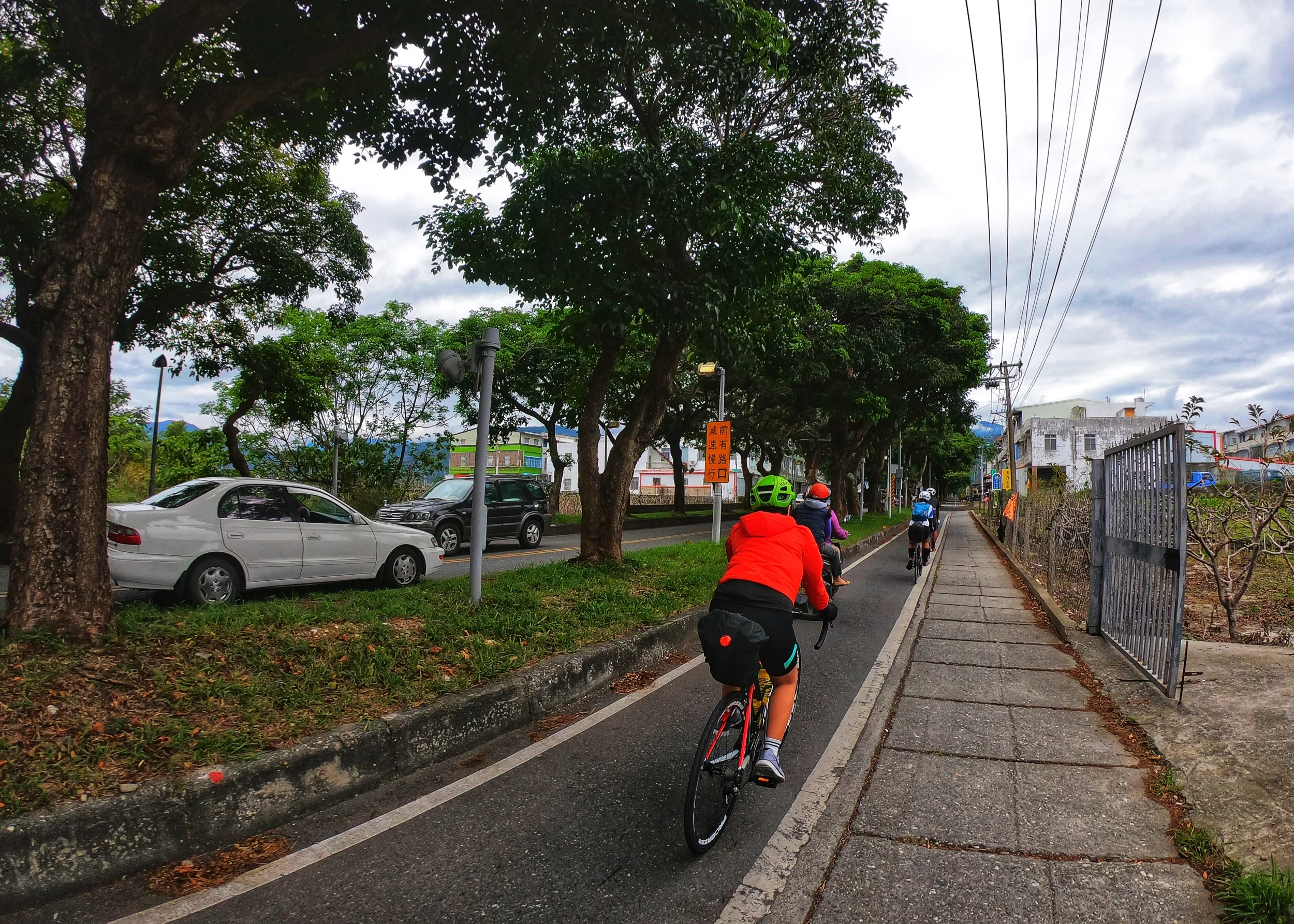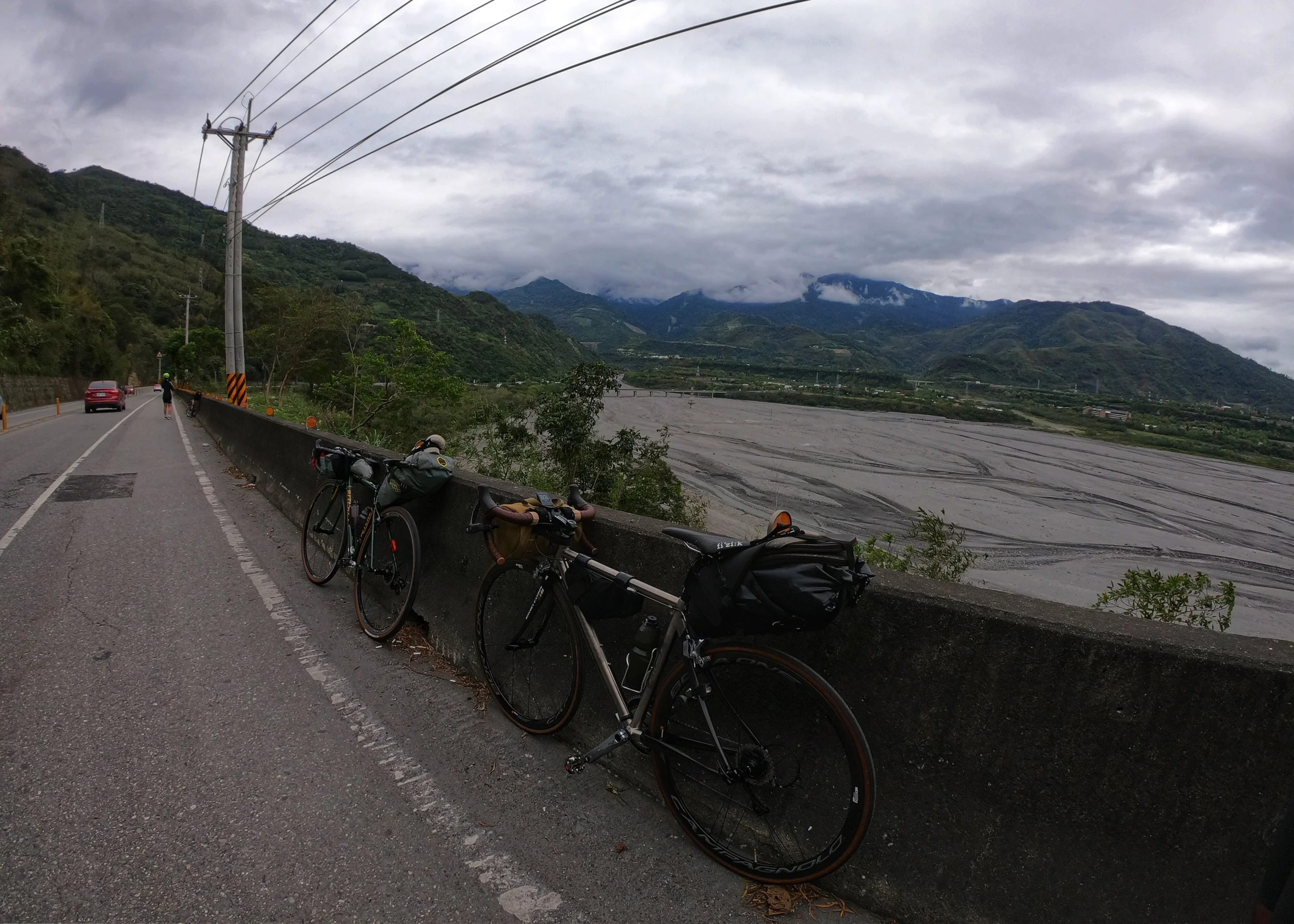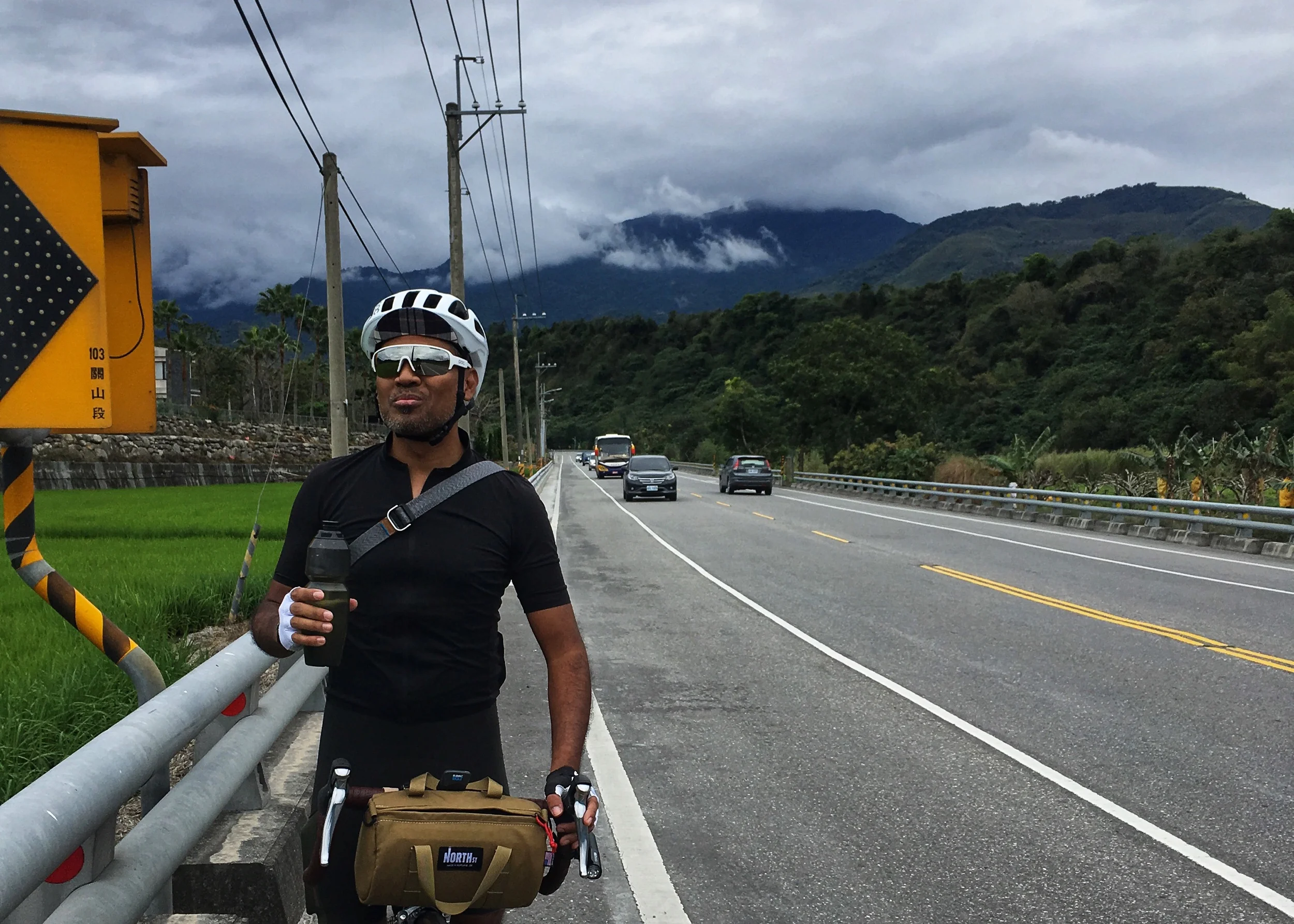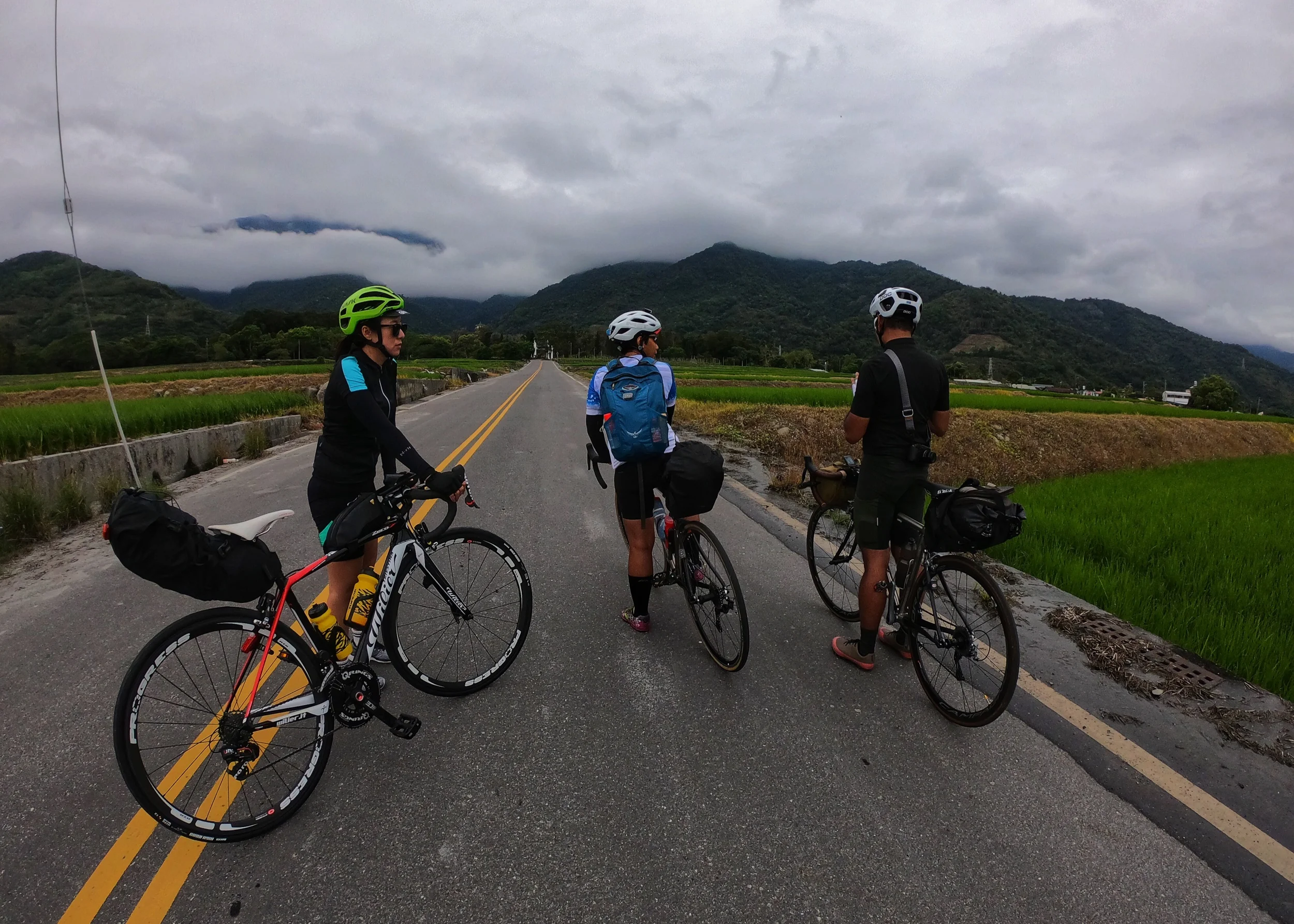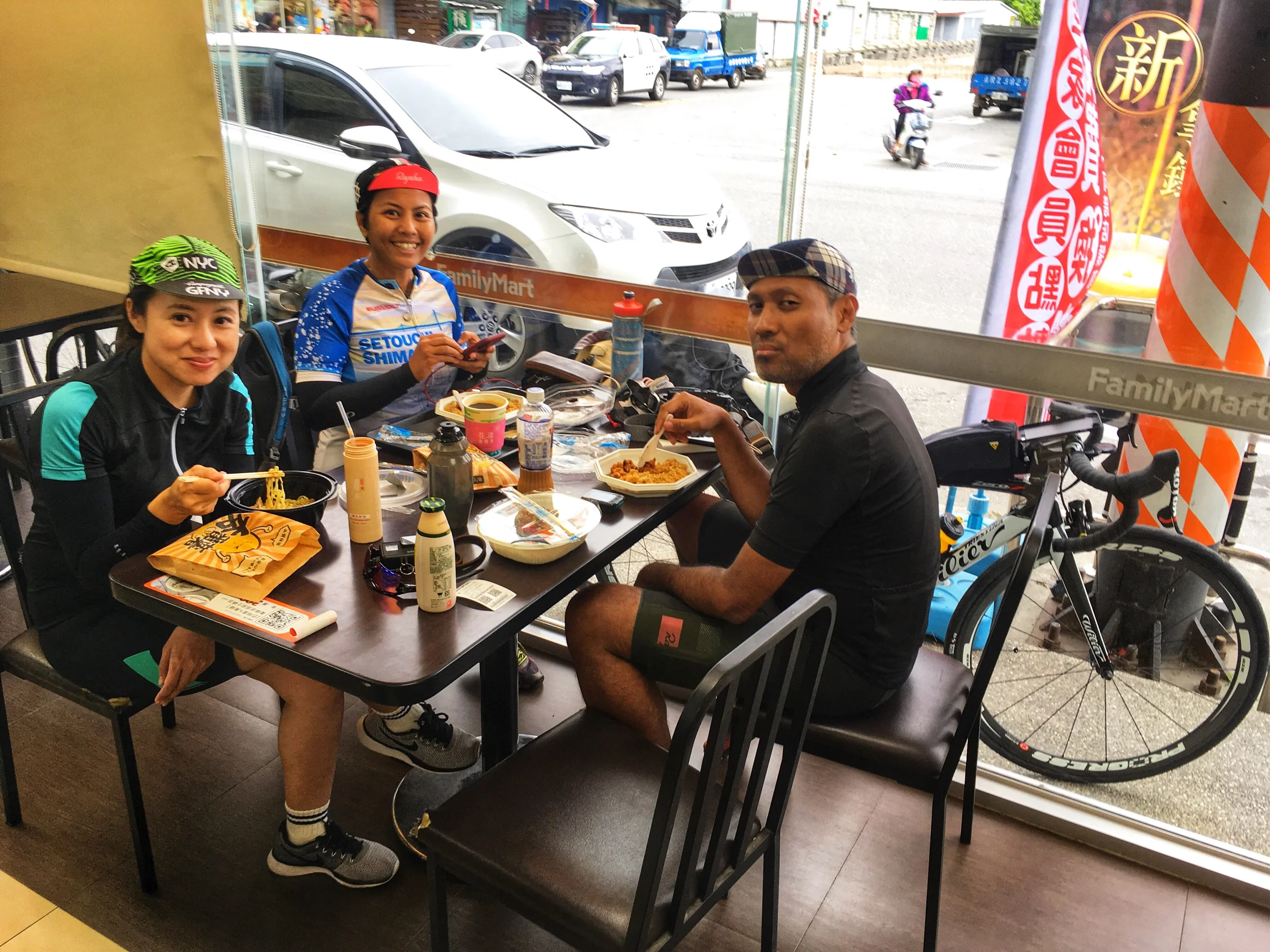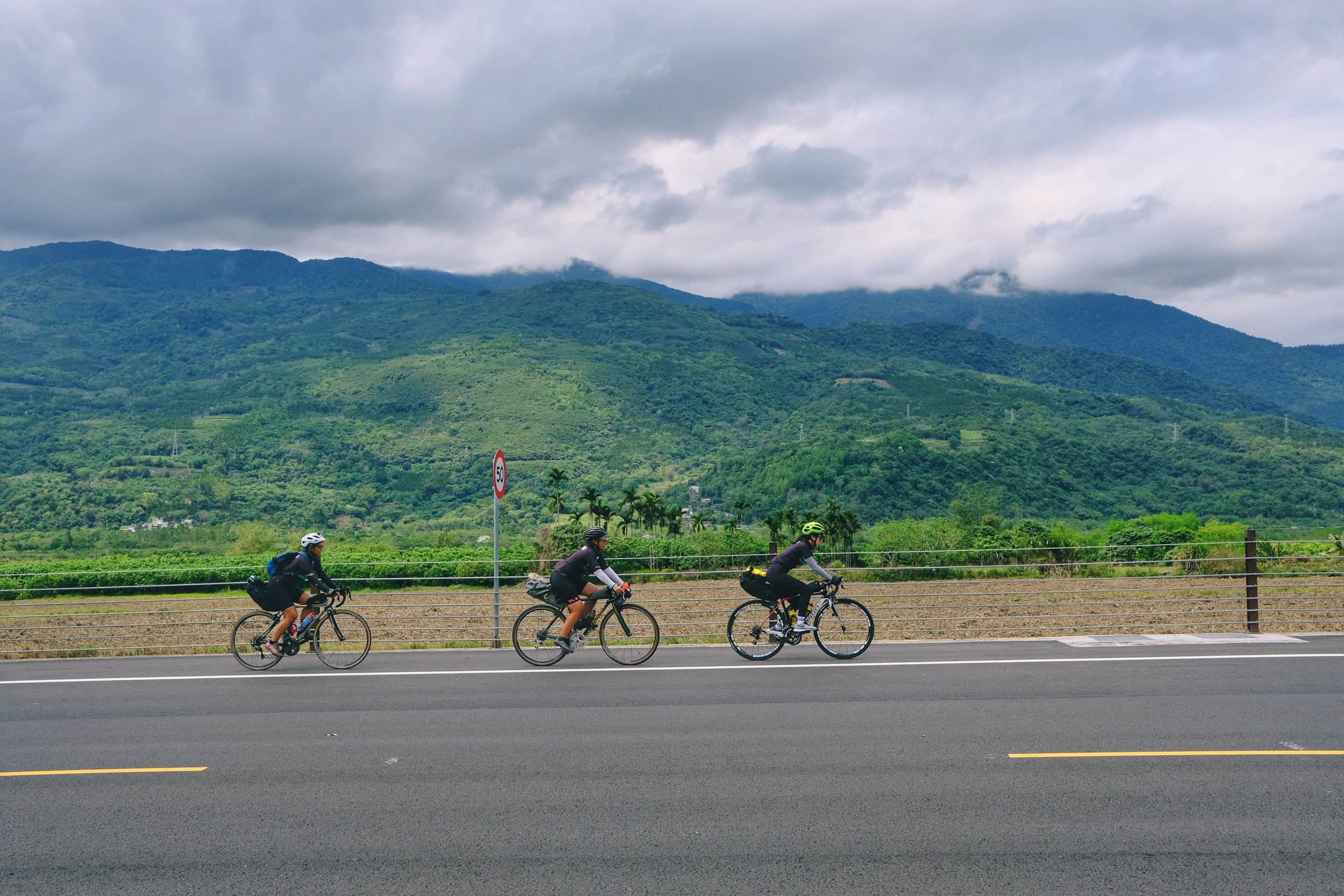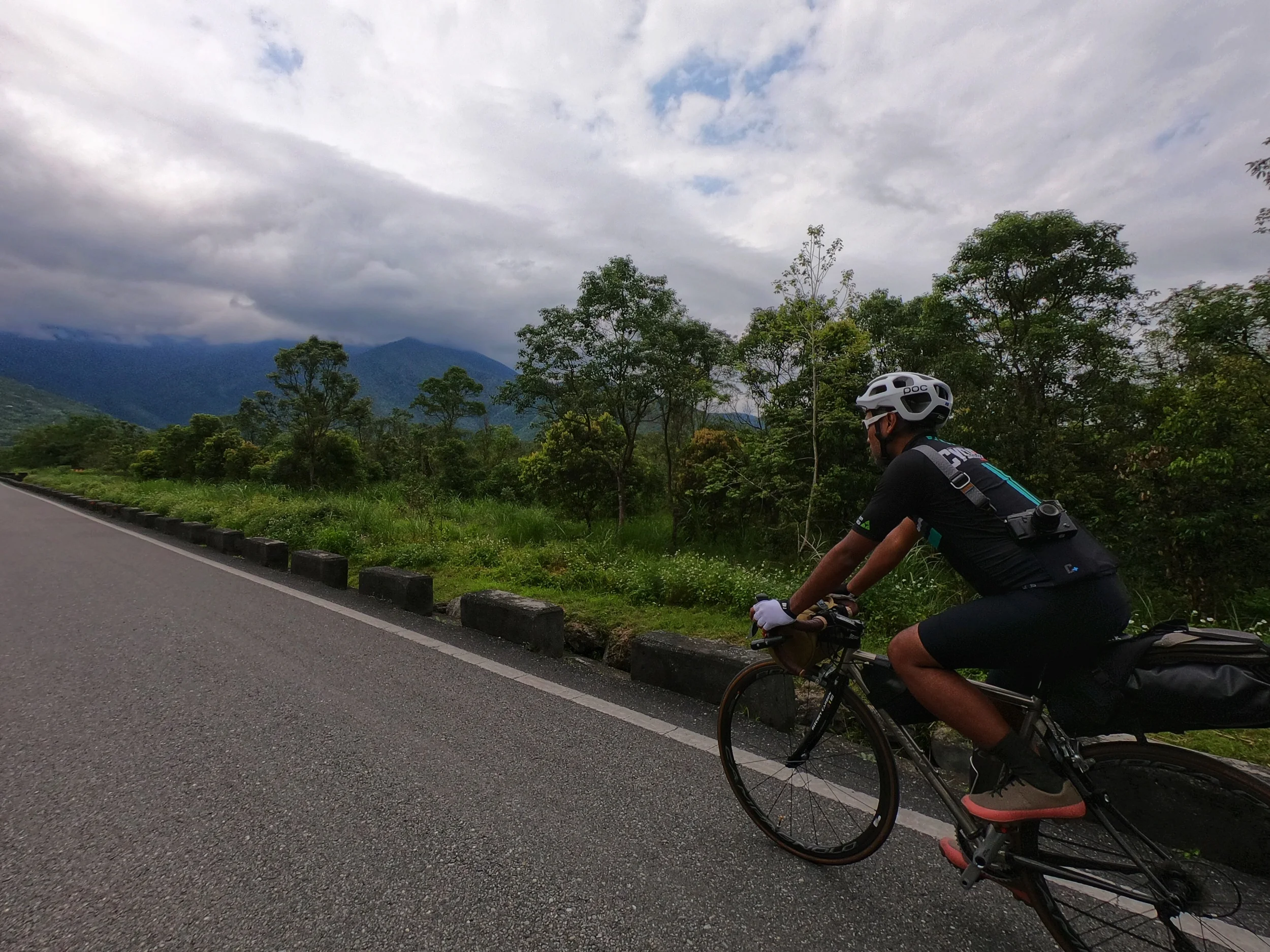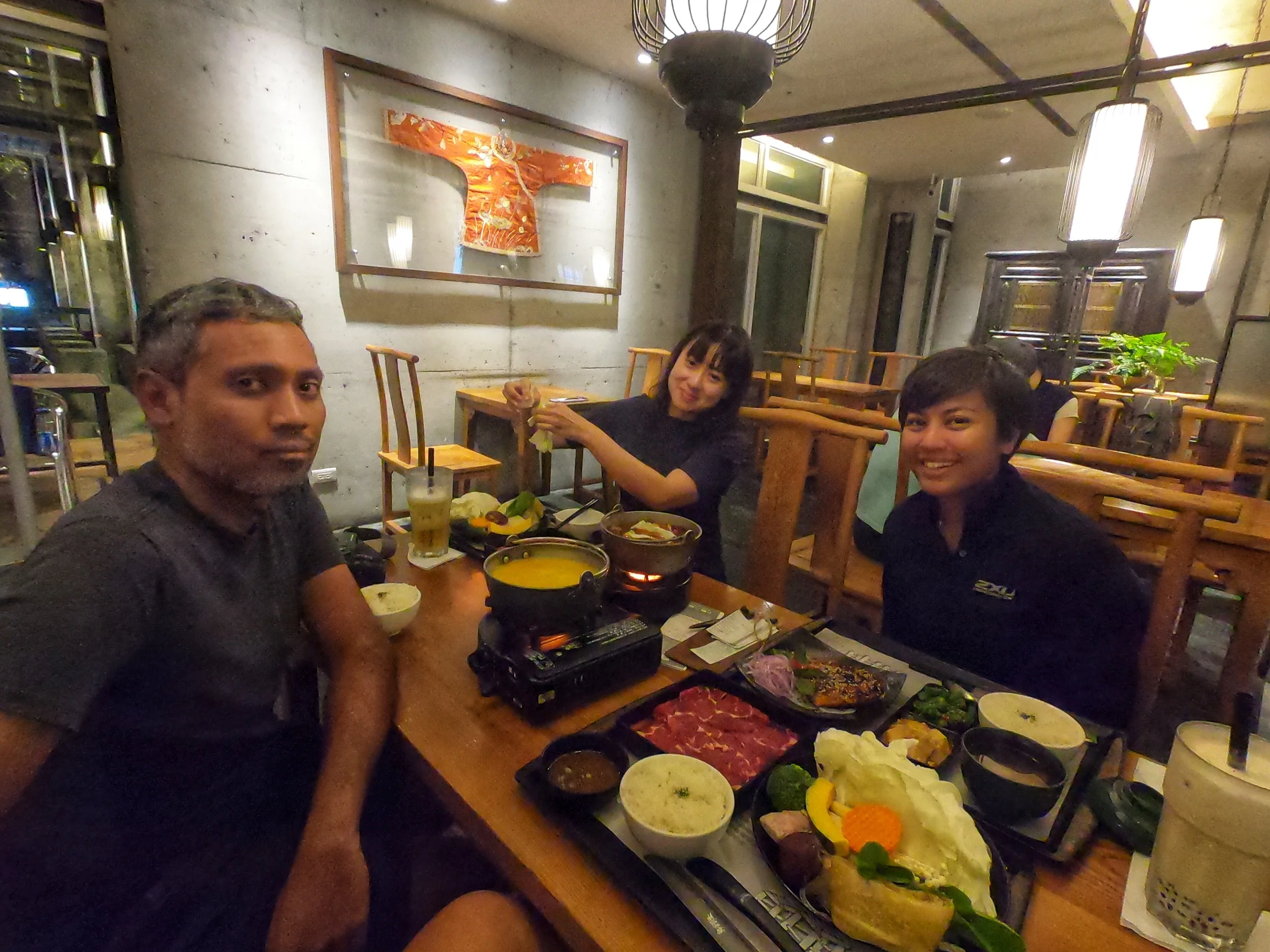Cycling Taiwan, Part 1: Journey through the East Rift Valley
Taiwan’s East Rift Valley is a long, narrow valley of misty green and rugged mountains located between the Central Mountain Range and the Coastal Mountain Range. It is arguably one of the best scenic cycling destinations in Asia with a majestic landscape of dazzling rice fields and historic landmarks ranging from remains of Japanese influences, to private hotsprings and a former mining colony turned cat village.
With only a week to explore some of the highlights of Taiwan, we concocted a five-day cycling itinerary that took us through the country’s beautiful East Rift Valley, and up into the lantern lit town of Jiufen, perched along the coastal mountain range.
Nadiah was on assignment on the last week of March to cover Taipei Cycle Show 2019, and we came to a rather last minute decision to go for a tour to explore parts of Taiwan right after the event. With just enough time to do minimal research, we chose the first week of April to do our cycling tour, and the Huatung Valley or East Rift Valley would be the setting.
Taiwan’s East Rift Valley is located between the Central and Coastal Mountain Range in Eastern Taiwan. It is a beautifully verdant stretch of green paddy fields flanked on the sides by soaring, rugged mountains. For those who love the great outdoors, this entire area is quite a jewel with plenty of beautiful hiking trails, waterfalls and forest parks. On a bike, you will be immersed in the rural greenery and you will get to experience some of the nicest provincial roads to cycle on. And if that isn’t enough, the hot spring towns of Yuli and Ruisui are a treat for the body and soul.
Trip planning: Lots of great information about the East Rift Valley.
Pre-tour Checkpoint
Nadiah and her colleague Treas spent the first few days on assignment during Taipei Cycle Show, and I flew in for the last day of the event. Maya would join us a few hours later, and together we assembled for our tour! With our bikes packed in their suitcases, we took the local train from Taipei’s Nangang Station all the way to Taitung. The trip took around 4 hours, and it was a nice way to relax and enjoy the scenery outside. Or doze off, which we did too.
From the Taitung train station, it was only several paces away to our family-run accommodation. In fact, finding a place to stay around the station was quite straightforward as there were quite a number of inns and guesthouses everywhere. There are a few bike shops in the area should you need to do any final tune-ups beforehand including one across the main road from the train station, where there is also a Cycling Station with basic supplies for traveling cyclists.
Google Maps: Our accommodation in Taitung
Once we reached our guesthouse, we were greeted by the resident friendly felines and had plenty of space to unpack our luggage and assemble our Ritchey Break-Away bikes.
Luggage Forwarding
Thanks to the help from the owner of the inn we stayed at in Taitung, we were given very accurate information about how to forward our bike luggage. Basically, each major train station has a cargo freight service that can send bulk items to any designated station in the country.
We went to the Taitung train station right when it opened at 8am, and dropped off our bike luggage at the cargo freight counter. Fees were based on the size of the luggage and its weight, and it takes a minimum of 24 hours for the luggage to reach its destination.
Since we would not arrive in Taipei for another five days, we didn’t have to worry about any time restrictions. The fees were not expensive at all if your luggage is within reasonable dimensions. If you have a Ritchey Break-Away suitcase (in our case we had three), then the fees were only 270 TWD for all three (happy dance), whereas it was a bit more for the much bigger bike bag that Treas had with her.
Check out our article on packing the Ritchey Break-Away bikes!
Day 1: Taitung to Ruisui
Start Taitung
Finish Ruisui
Distance 109.8km
Climbing 921m
Grade Medium
The first day of our tour would be the longest, taking us through the breathtaking rural landscape from Taitung to the hot spring town of Ruisui. Usually, we wouldn’t have any trouble with a 100km+ gran fondo in fair weather conditions. However, we didn’t take into account the headwinds that we would be facing practically all along the journey.
On hindsight, it would have been much easier to do this trip from north to south where we would be getting tailwinds instead, but there we were!
Our journey for the day started with a climb as we cycled out of Taitung along Provincial Road 9. We enjoyed spectacular views as we made our descent towards the Luye river and then around the Luye Highlands towards Guanshan. We tried our best to maintain our pace on the road, constantly fighting the headwinds but basking in the windswept countryside around us nonetheless. As we approached Guanshan, we took a detour from the main provincial road to explore some of the farm roads that went further into the vastness of green paddy fields.
After exploring the farm roads, we had a quick bite to eat at Guanshan before we continued our journey north towards Chishang. Along the way we encountered a little bit of rain, but nothing too heavy for our light rain jackets that kept us mostly dry. Heading towards Chishang the road continued at a gradual ascent with many rolling climbs in between, but it was well worth it once we reached our scenic pitstop. In Chishang, you will come across one of the East Rift Valley’s most photographed roads – Brown Boulevard. The name came from a famous commercial for Mr. Brown Coffee which starred the Japanese-Taiwanese pop-idol Takeshi Kaneshiro. After taking a break to take in the scenery, it was very clear why this place was chosen.
Google Maps: Brown Boulevard
As we were mindful of the remaining daylight hours, we had to bid farewell to Brown Avenue, and continued our journey north. Upon reaching Yuli, we decided to take Country Road 193 which would bring us all the way to Ruisui. It was a quiet route that was largely uninterrupted by traffic, and as luck would have it, accidentally led us to one of the best dining spots in the region!
Google Maps: The place where we had delicious dinner (米達雞排)
Google Maps: Our wonderful hot spring accommodation
After a very satisfying dinner, we pedaled on towards Ruisui and faced one more gradual climb to our accommodation for the evening. Exhausted, we arrived in the evening slightly before 9pm and the wonderful hosts offered us hot tea on arrival. An outdoor private onsen was waiting for us in our rooms – a wonderful and fitting way to end a gran fondo!
Day 2: Ruisui to Hualien
Start Ruisui
Finish Hualien
Distance 78km
Climbing 564m
Grade Easy/Medium
The next day we took our time in the morning, savouring our private hot spring baths as much as we could. The itinerary for the day would include more climbing, and a few stops to take in the stunning vistas of the region’s forest parks. We devoured a hearty breakfast in the small dining hall, basking in the quaint atmosphere before making a move.
We continued our journey on Country Road 193, cycling through many more rolling climbs that revealed the rugged contours of the mountain range whenever it came into view. As we approached Guangfu, we took the road that led us to the Danongdafu Forest Park. In April, many locals also come here to see fireflies during the new moon at night when they glow the brightest. If you have the opportunity to do so and stay for the evening, this would have been a fantastic experience!
Google Maps: Danongdafu Forest Park
After catching our breath from all the earlier climbs, we pedaled onwards to our halfway checkpoint in Guangfu. At the edge of Guangfu itself, there resides an old sugar factory that was built during the Japanese occupation. At the end of the World War II, the factory was badly damaged and was later rebuilt into the Hualien Sugar Factory, and has been a major producer of sugar for the eastern side of Taiwan to this day.
Google Maps: Hualien Sugar Factory
We rode past the old cypress lodges around the sugar factory to the tune of our rumbling stomachs, and knew that we needed something hearty for lunch. Further ahead was a concentration of restaurants and cafes that would surely have something that fulfilled that criteria, and we found it – some amazing beef noodle soup!
Google Maps: Beef noodle soup lunch stop
After lunch, we continued onwards to drop by the Lintienshan Forestry Culture Park. During the 1940s, this place was one of the largest forestry centers in Taiwan, but became abandoned when the government placed a ban on logging. As there’s quite a bit of history to this place, the abandoned buildings were renovated into an exhibition center in recent years and it is now a popular destination for both tourists and locals. Large wooden sculptures made of Formosan cypress are displayed in the old factory and exhibition halls throughout. We stopped at the cafe located at the top for a snack of coffee and ice cream, while immersing ourselves in the historical atmosphere of a bygone timber town.
Google Maps: Lintienshan Forestry Culture Park
After a leisurely afternoon at the forestry park, we made a straight bee line all the way to Hualien. Even though we were generally descending towards Hualien, there were a few more rolling peaks that we had to go through. We cycled past sunset and arrived in Hualien in time for a shower before dinner, treating ourselves to a sumptuous hot pot meal with Taiwan’s quintessential bubble tea!
Google Maps: Our fantastic dinner venue in Hualien
Overall, our cycling journey through Taiwan’s East Rift Valley covered a distance of around 190km over two days. If we had a bit more time, it would have been nice to spend an extra day along the route. The towns of Yuli and Guangfu would have made splendid overnight stops that would give us the opportunity to explore more of the area’s bike paths at a leisurely pace. But since we only had two days, we felt that this was the best possible route with the overnight stop at Ruisui.
Continue to next part of the journey where we cycle up to Jiufen and explore the cat village of Houtong: Cycling Taiwan, Part 2.
Alternatively if you liked this tour write up, do give these other tours a read too:
Cycling Spain’s Andalucia 2017
Cycling Seoul to Busan, South Korea 2019
Cycling Shikoku, Japan 2.0 2022
Cycling Northeast Taiwan 2023
We also have a number of domestic tours if you’re looking for ideas to travel in Malaysia:
Cycling Malaysia’s West Coast from Klang to Pangkor Island










